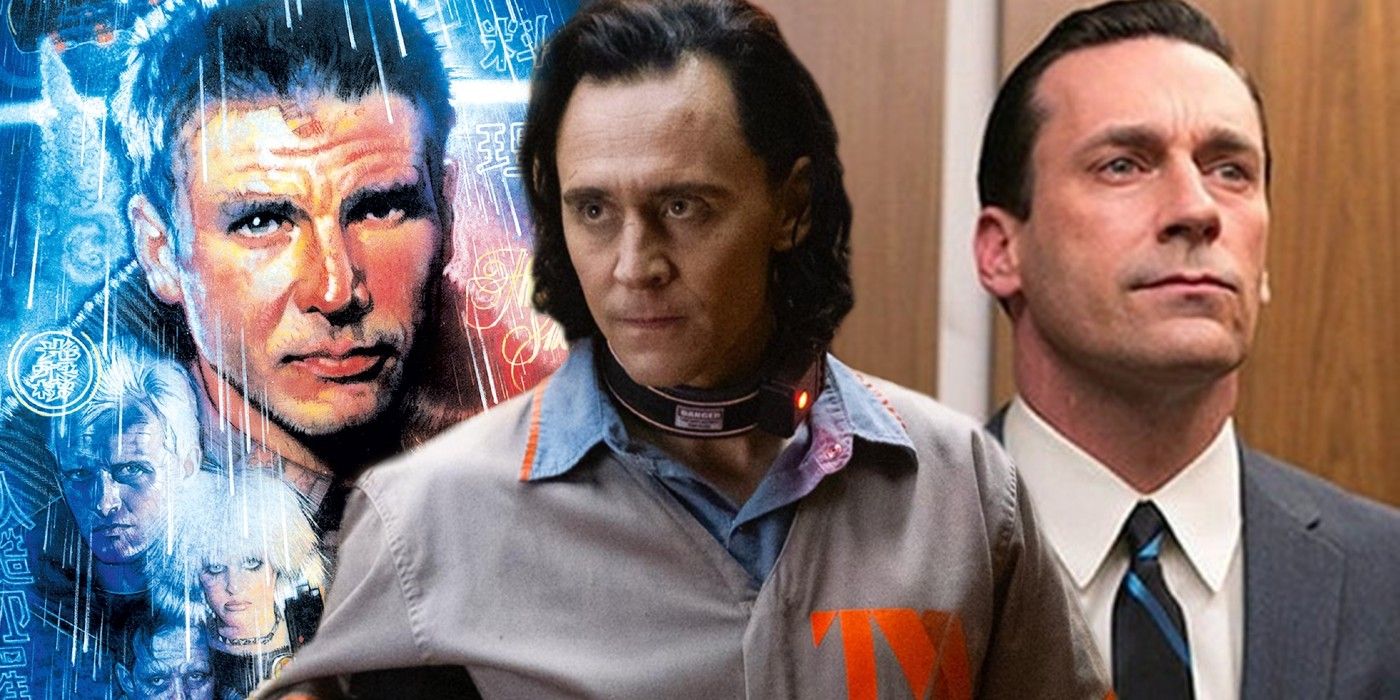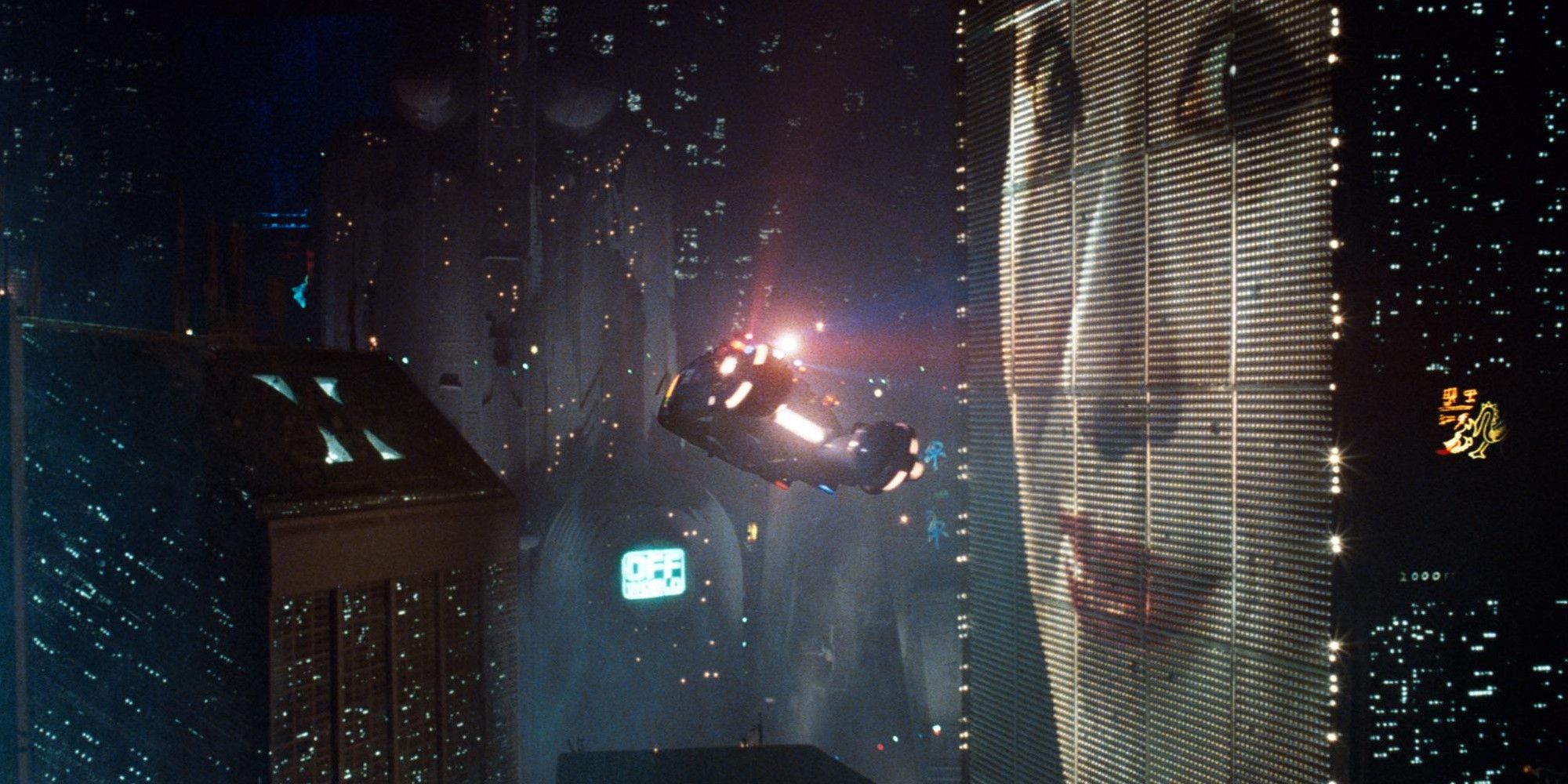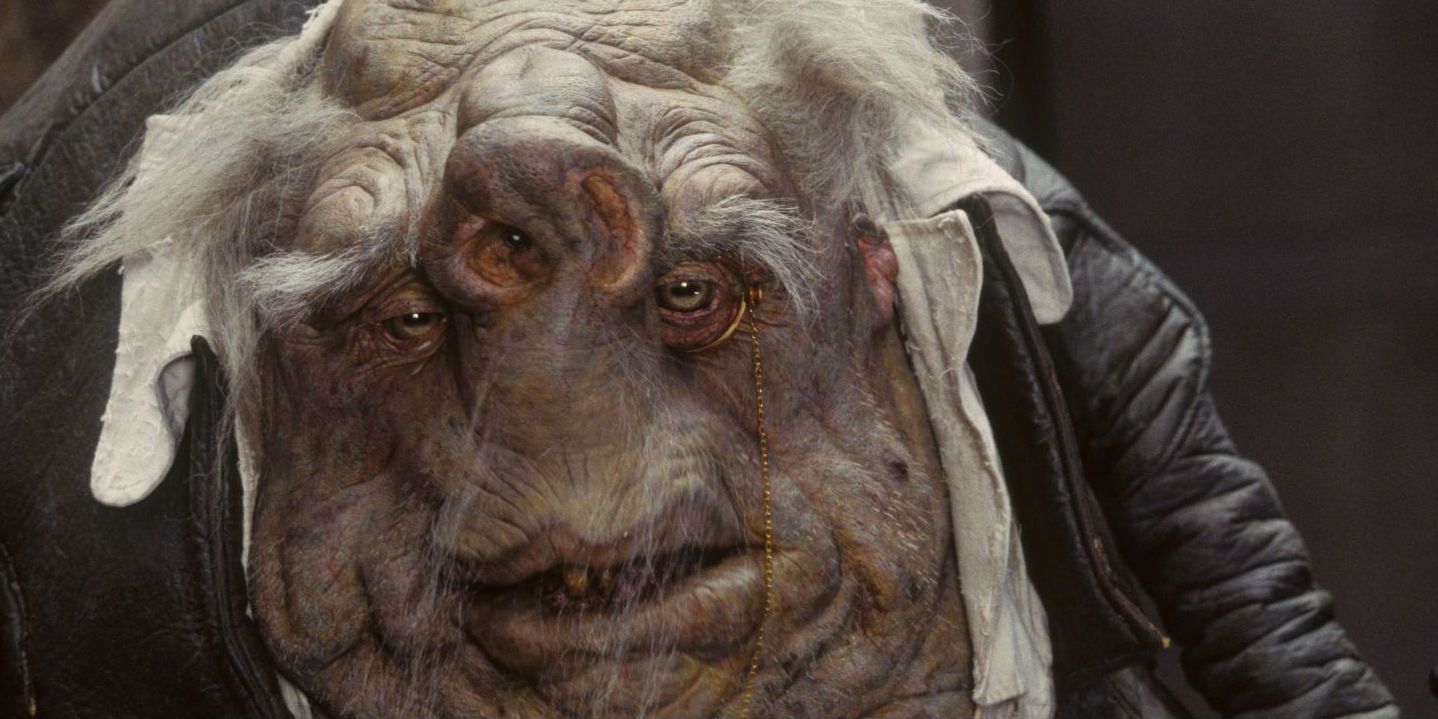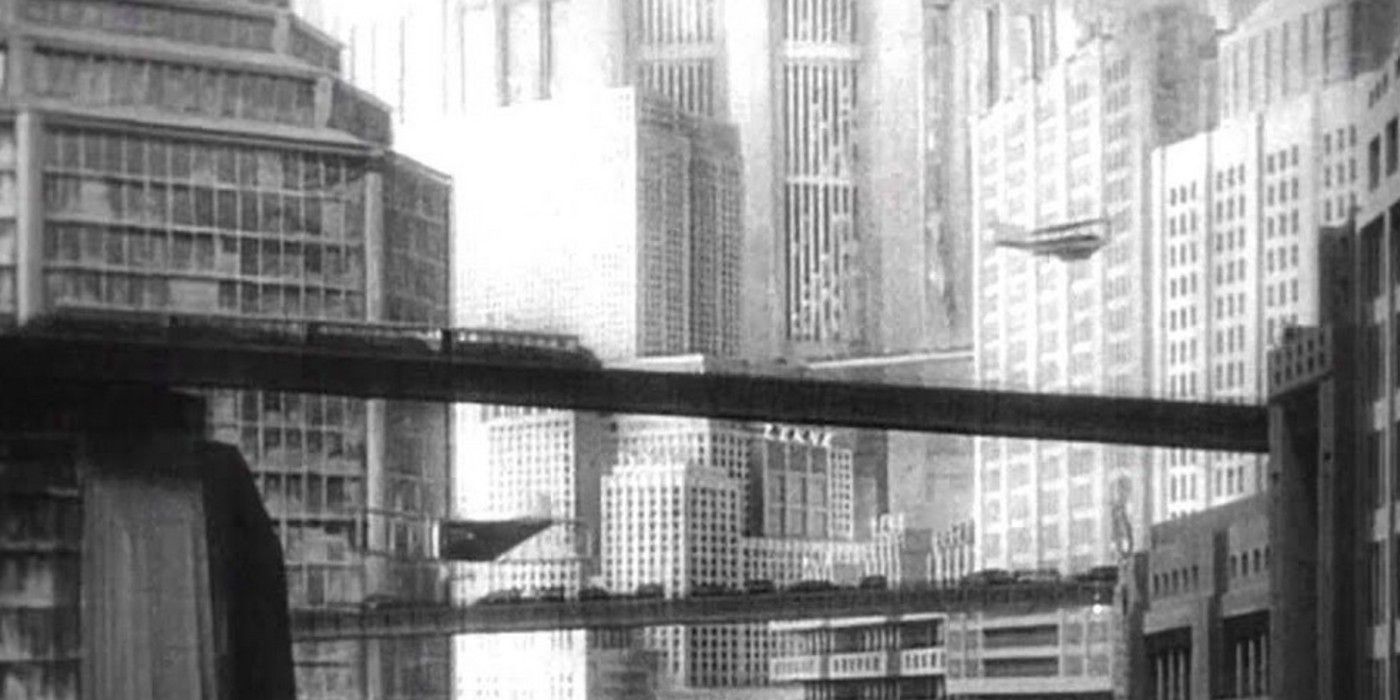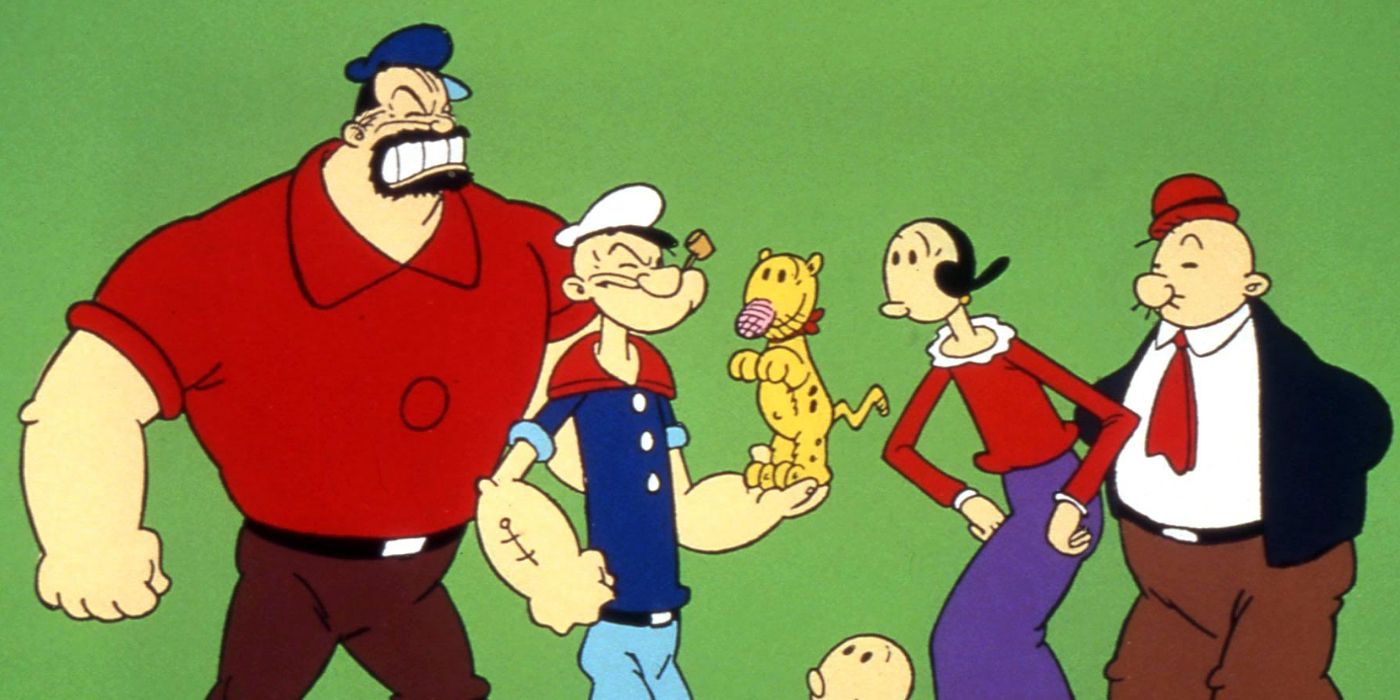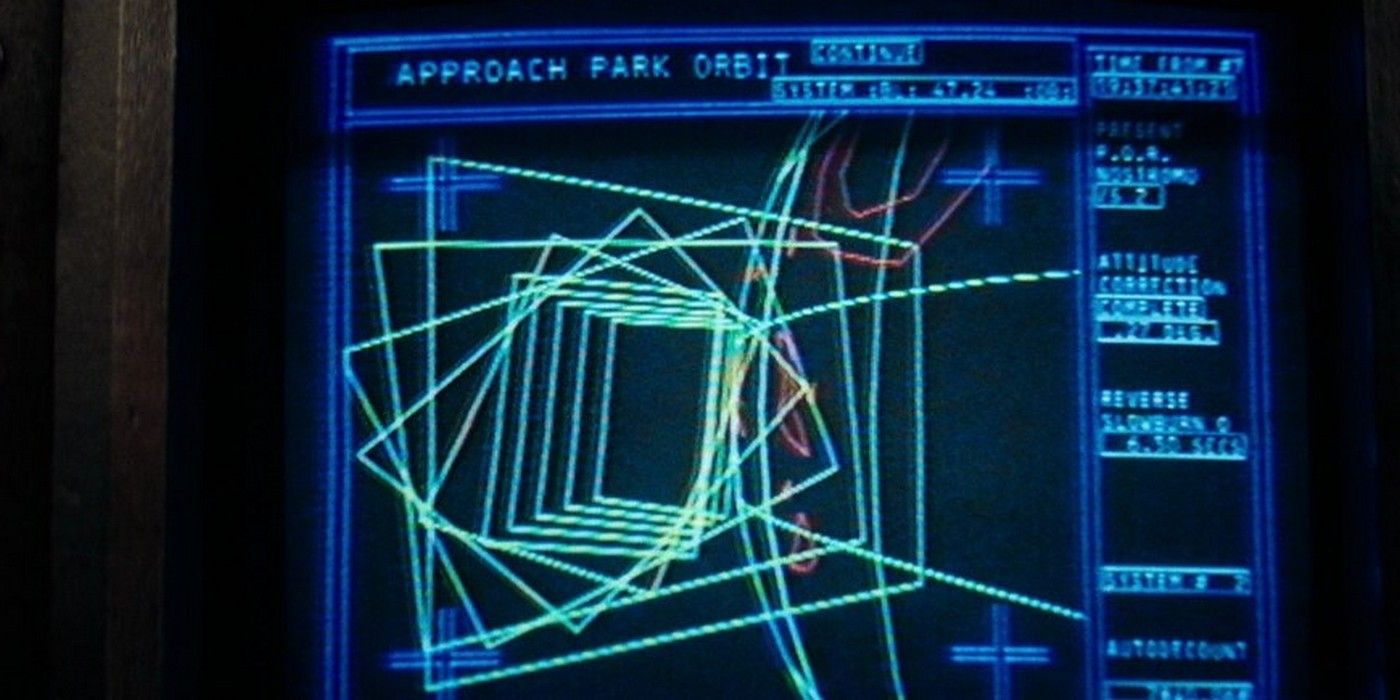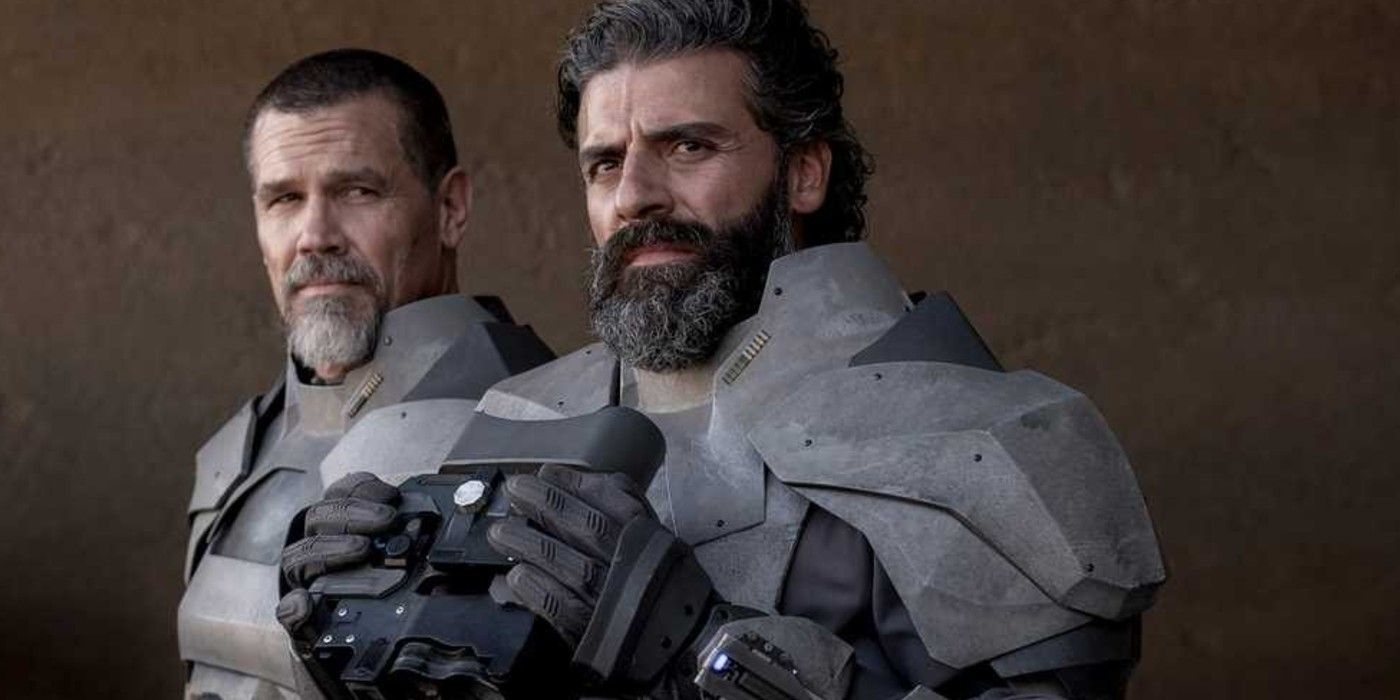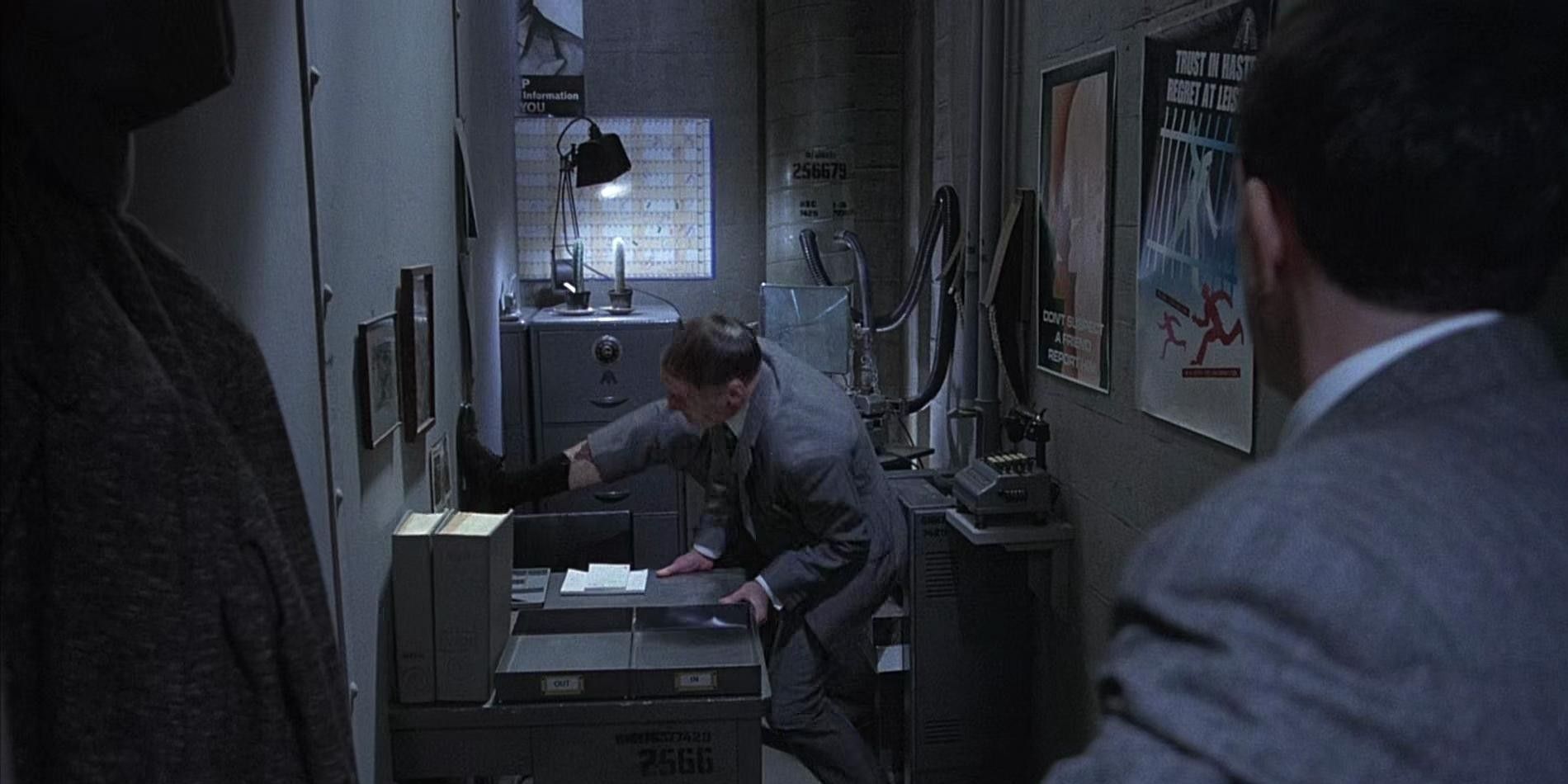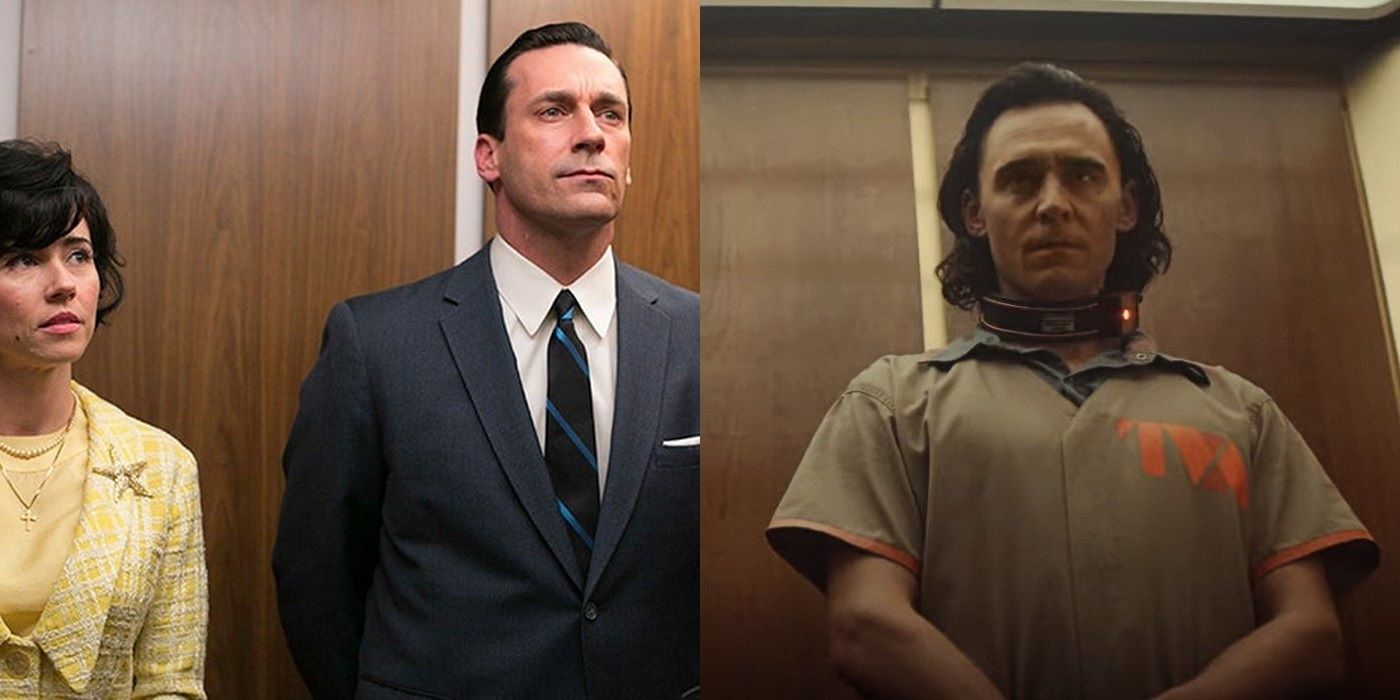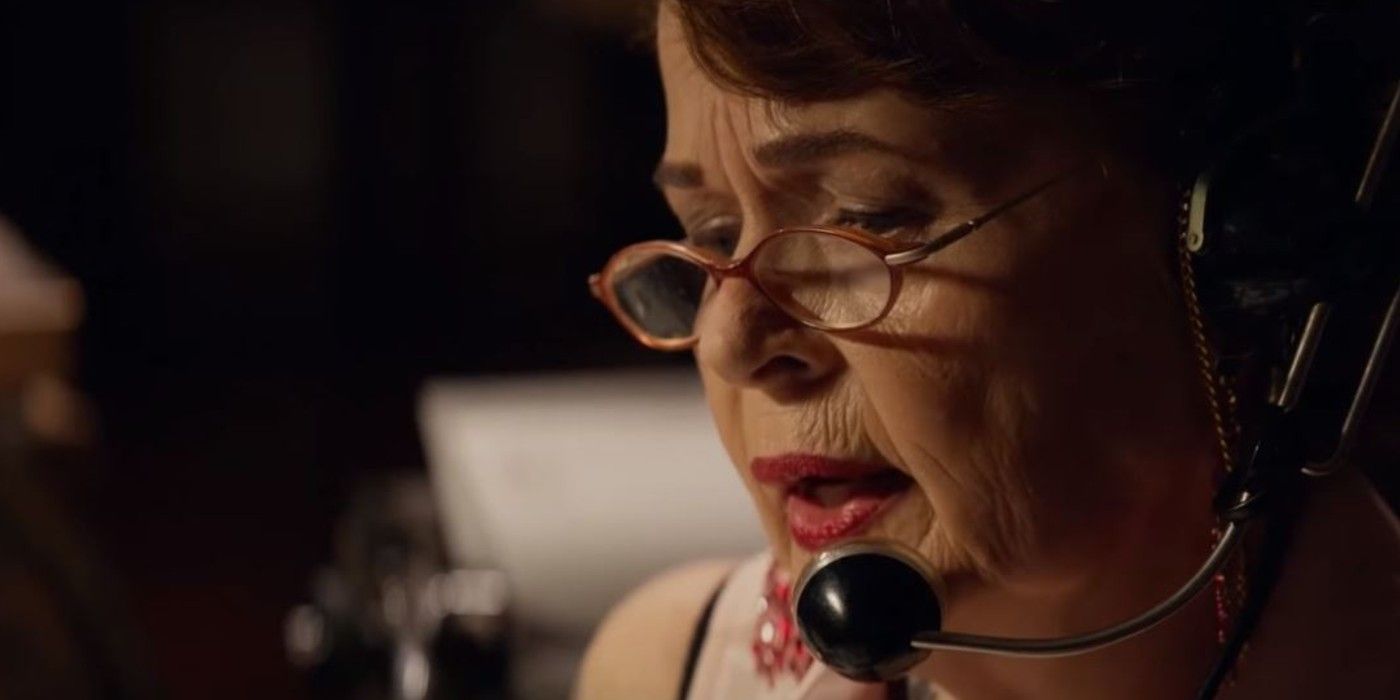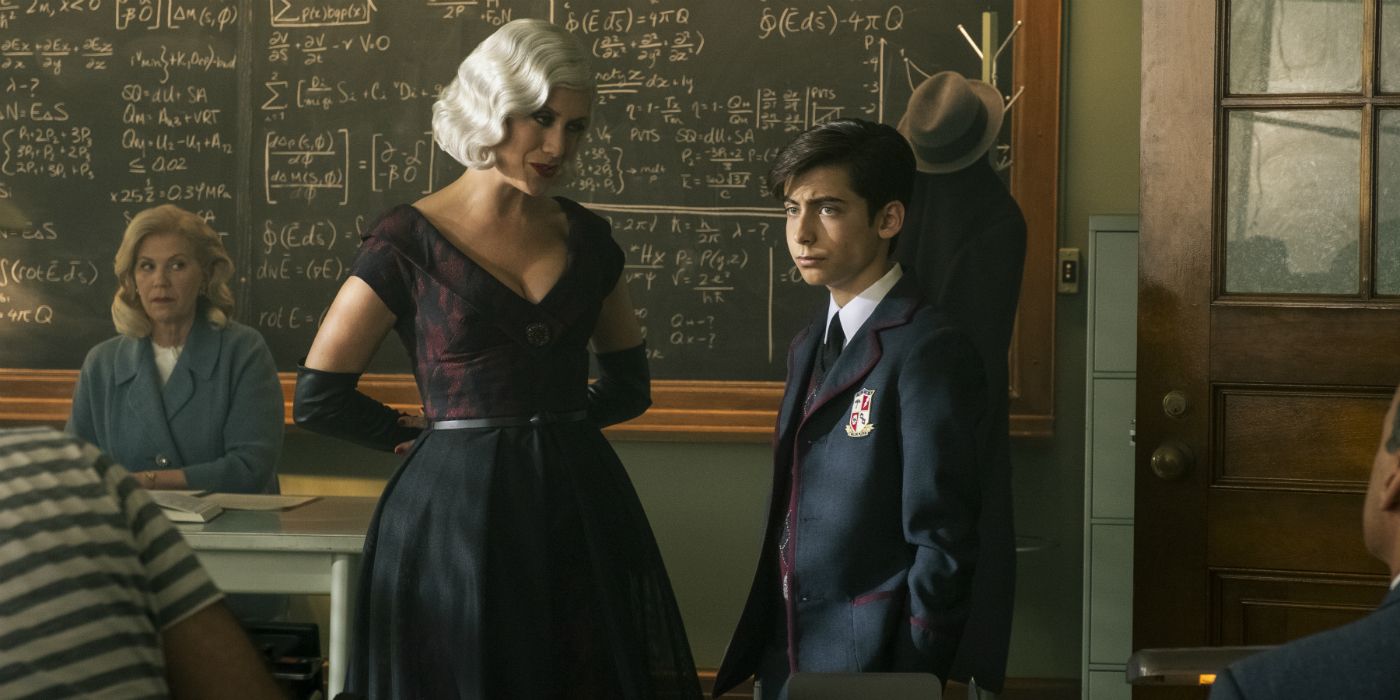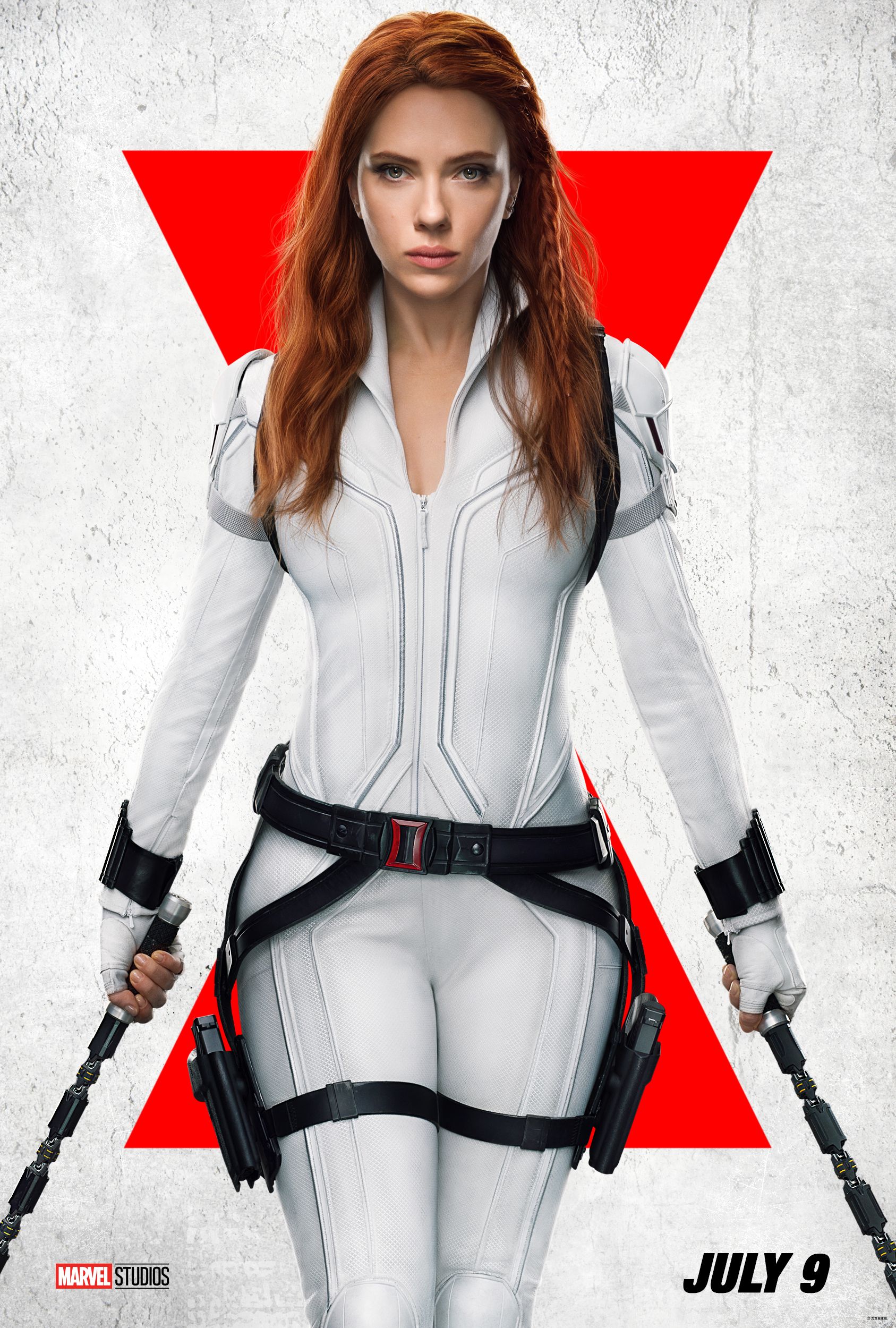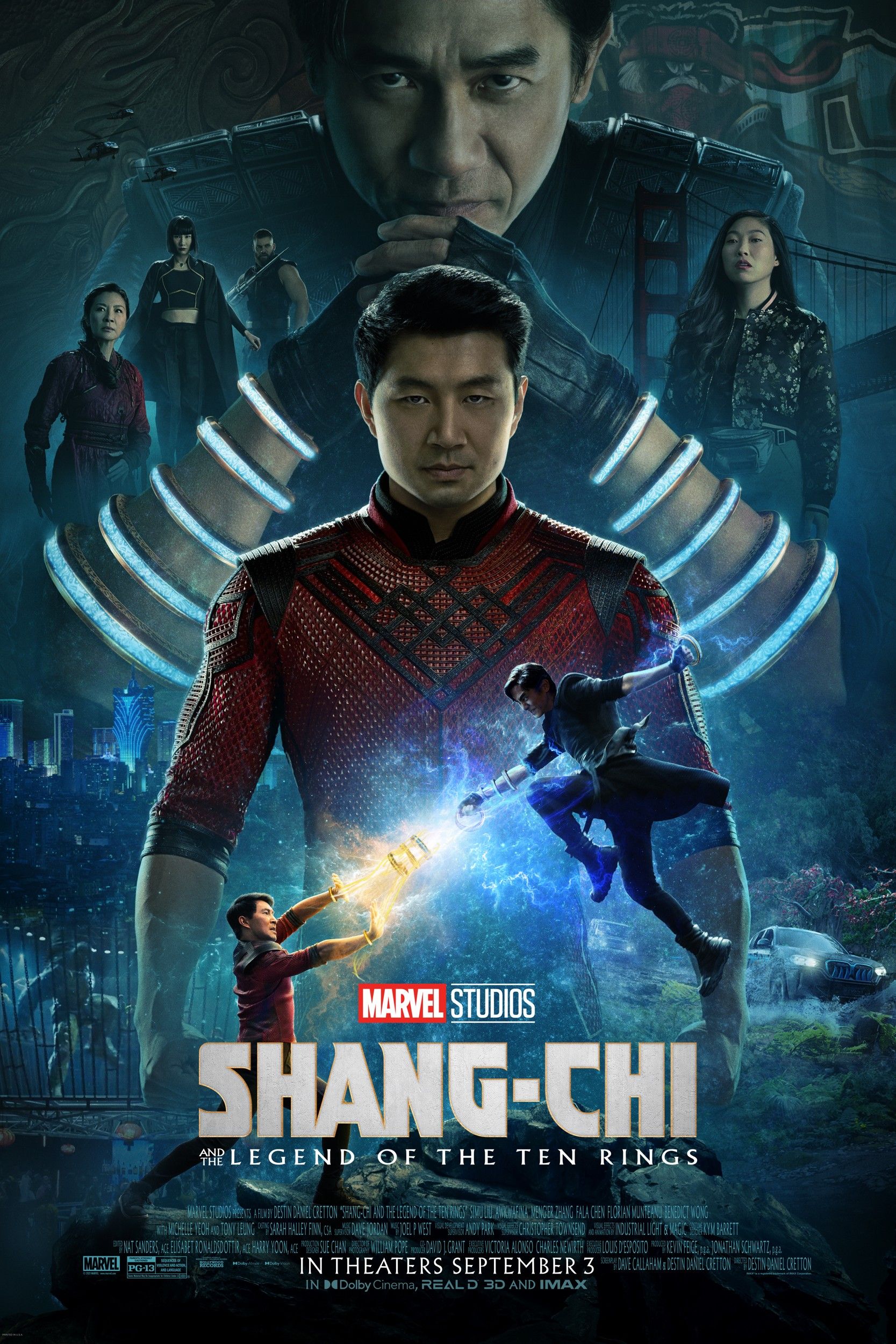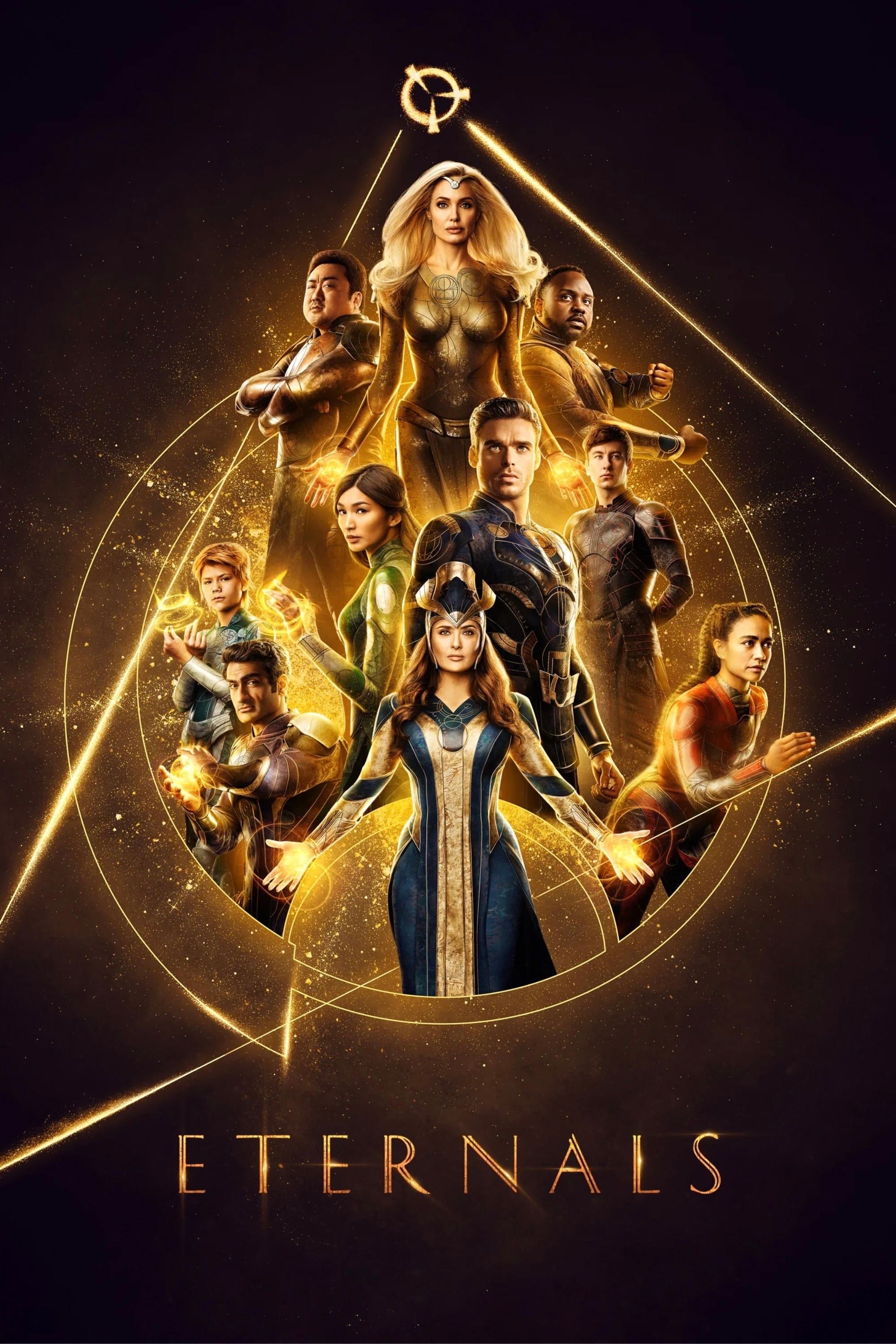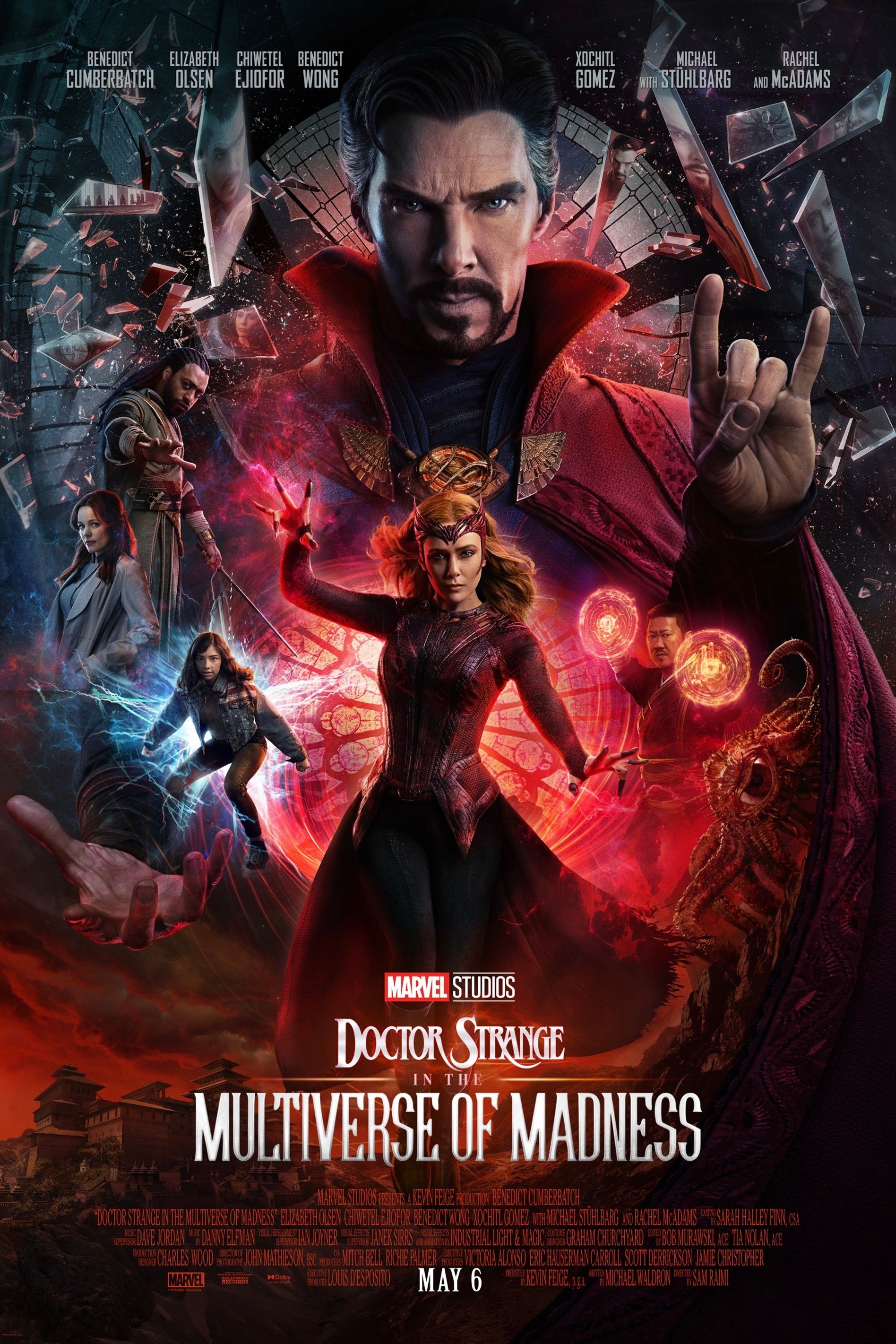Caution: Spoilers for Loki ahead
Loki's TVA is a mashup of influences drawn from the halls of science fiction history - here are the movies and TV shows that inspired the God of Mischief's new best friends. In Avengers: Endgame, Tom Hiddleston's Loki is spotted escaping custody via the Tesseract - an indirect consequence of the heroes' so-called time heist. But while the Avengers' actions were apparently sanctioned by the hidden timekeepers known as the Time Variance Authority, Loki's departure from the *dramatic music* Sacred Timeline was very much an off-the-books escapade. The villain has now been hauled in by the TVA, and must work alongside Owen Wilson's Major Mobius as an alternative to being "reset."
The TVA offices provide a striking locale for Loki's premiere episode. While the organization itself hails directly from the Marvel comics, Loki's TVA is vastly changed in its design. Essentially a large hall of floating, anonymous desks, the comic TVA was far less elaborate than its live-action MCU counterpart. Conceived by Walter Simonson and Sal Buscema, the TVA was drawn as a futuristic-style office space with time traveling space soldiers to enforce its bidding. On Disney+, however, there's a whole retro vibe completely of Loki's own doing.
From the cartoon posters reminiscent of Bioshock's Rapture to the ornate courtroom with its three sculpted heads, TVA HQ is brimming with personality and character, creating a twisted mirror of a real-world office, complete with troublesome departments, 9-to-5 desk grinders, and long halls of door after door. In creating this aesthetic, Michael Waldron (creator), Kasra Farahani (production designer) and Kate Herron (director) drew from a variety of sci-fi reference points.
Blade Runner
In a sense, every futuristic sci-fi world since 1982 has owed at least something to Ridley Scott's seminal Blade Runner. The depiction of 2019 Los Angeles (which, rather depressingly, means Blade Runner is futuristic no longer) melds together the bright neon, hi-tech elements you'd expect, but within a worn and recognizable context. Loki's TVA works upon much the same principle, placing technologically advanced gadgets and gizmos (such as Mobius' shifting cinema screen wall) inside the dreary, brown-hued environment you'd find in a 1960s law office. Blade Runner is also famed for its nods to Aztec and Babylonian culture, featuring a massive pyramid in the midst of a sprawling city. This idea is also adopted into Loki's TVA, with the organization's HQ featuring great stone statues in commemoration of the Time-Keepers sitting among the more modern constructions.
The Hitchhiker's Guide To The Galaxy
The concept of a soulless, intergalactic, pen-pushing bureaucracy designed to parody millions of real life office environments stretches back to Douglas Adams' iconic 1970s radio series, The Hitchhiker's Guide To The Galaxy. Although the story of Arthur Dent has been adapted on big and small screens, Loki draws more from Adams' original descriptions, and Hitchhiker's Guide's most obvious influence on the TVA comes via the Vogons - an alien race very much resembling Earth's civil servants. The Vogons destroy Earth after discovering the planet obstructs a planned intergalactic highway, in much the same way the TVA "prune" entire timelines. Adams' Vogons inform the TVA's moral ambivalence in the face of making seismic universal decisions, and their function-first design style is echoed by the TVA's intentionally bland processing room and offices.
Metropolis
Like Blade Runner, every science-fiction vision of the future traces back to Metropolis, widely regarded as the genre's progenitor. Though Metropolis' visuals were cutting edge upon release in 1927, the props and effects have, over the years, become dated, which actually enhances the alien-ness. Metropolis offers a futuristic landscape littered with old-fashioned anachronisms (from a modern-day perspective, at least) - another mashup of the new and old, à la Blade Runner and Hitchhiker's Guide To The Galaxy. The Metropolis inspiration in Loki reveals itself when Mobius allows Mr. Laufeyson to wonder at the TVA's vast landscape of towering structures. Like the titular setting of Metropolis, the civilization is advanced, but not in the traditional sense of smooth angles and shining silver. Both employ an analogue quality that veers toward steampunk (a movement that owes much to Metropolis); alien urban worlds that simultaneously look more and less advanced than New York or London in 2021.
1960s Cartoons (& Jurassic Park)
Voiced by Tara Strong, Miss Minutes provides Loki viewers with a much-needed exposition dump about the MCU multiverse and how the TVA protects the timeline. Kate Herron compares the sequence to Mr. DNA from Jurassic Park, and while the two animated tutors might certainly be related, the style is more comparable to classic 1960s cartoons from the likes of Hanna-Barbera (The Jetsons, Flintstones, Scooby-Doo). Loki's Miss Minutes explanation is also reminiscent of Popeye (from Paramount, not Hanna-Barbera).
Alien
Kate Herron has described her approach to world-building in Loki as injecting not-so-sophisticated technology into an extremely powerful organization like the TVA because, like any ordinary office, employees get stuck in their ways, and no one bothers to update gear that works (via ComicBook). To this end, the font seen on TVA computer screens is similar to readouts seen in Alien - another Ridley Scott effort. Though Alien is set in the 22nd century, the computer readouts aboard the Nostromo are graphically equivalent to Space Invaders. Though Loki's TVA could surely use cutting edge VR holographics, they too prefer computer fonts that resemble basic MS-DOS.
Dune
Traveling from one year to the next, the TVA utilize time doors - portals that appear in midair - their outline almost carving through realities like an archway of electric sand. While there's no obvious parallel to time doors in Frank Herbert's Dune, the book's technology possesses an Earthy, metallic feel. Lasers lack the sleek, cold nature of a Star Wars blaster bolt or a Star Trek phaser, and instead feel more viscerally tangible. Perhaps it's this quality Kate Herron refers to when claiming Loki's time doors are inspired by Dune.
Brazil
Like many of the above, Terry Gilliam's Brazil takes place within a futuristic science-fiction dystopia, and the lead protagonist works for a sterile bureaucratic body. The movie's architecture is tall, imposing and authoritarian, getting across the all-encompassing power of the ruling faction. Although Loki's initial tour through TVA HQ uses claustrophobic sets to convey the God of Mischief's isolation and powerlessness, the environments become gradually more expansive throughout Loki's premiere episode, with an impressive landscape shot of the TVA's massive complex, and later through Mobius' wide, empty office. In both cases, the designs create an aura of omnipotent power that even a character as renowned as Loki can't help but shrink in the face of. The Brazil props also retain a bulky, rudimentary effect, with massive tubes and ordinary office supplies in abundance akin to the TVA. Brazil might also be the biggest reference point for the TVA's smattering of "motivational" posters and follow-the rules slogans designed to keep workers obedient.
Mad Men
Speaking with Screen Rant, Kate Herron acknowledged a Mad Men inspiration for Loki's TVA, and that'll certainly be apparent to Don Draper fans. The brown decor of Mad Men's ad agency offices carries through and complements the archaic technology in use at the TVA. This is particularly obvious during the premiere's elevator scene between Mobius and Loki - a background that could easily be swapped for any of Mad Men's elevator set dressings. Since Mad Men is a period piece, the show's intention is obviously to recreate the authentic feel of a specific era. In Loki, however, the 1960s office vibe reminds viewers of the TVA's timeless quality - these folks exist in the past, as well as the present.
John Wick
While Loki riffs heavily on the classics of sci-fi, comparisons can also be made to more recent fare, even if the inspiration wasn't intentional. John Wick fans can immediately draw a line between the TVA and the High Table's Administrators - the group of office workers responsible for sending out assassination contracts and keeping track of agents deemed excommunicado. Both organizations linger anonymously in the shadows and exist as bastardized versions of everyday 9-to-5 office setups, but there's also similarity in their respective designs. John Wick's administrators dress in classy, traditional office getup, and use outdated analogue technology just as comfortably as the TVA seems to.
The Umbrella Academy
An all-powerful administrative body overseeing all of time and space to ensure history plays out as intended, dressing snappily, and relying on old-fashioned gadgets - is it Loki's TVA, or The Umbrella Academy's Commission? Although the concept of the TVA derives from Marvel's comic books, the feel and design can't help but draw comparisons to the Temps Commission created by Gerard Way and Gabriel Ba and adapted for live-action by Steve Blackman. The Umbrella Academy's rows of hapless office workers hammering away on typewriters changing historic events are a perfect mirror to Casey and the gang at TVA HQ, while the Commission's gloriously retro Infinite Switchboard exists within the same old-school aesthetic as Loki's TVA timeline monitors, or low-tech time-twister clickers.
New Loki episodes release Wednesdays on Disney+.

